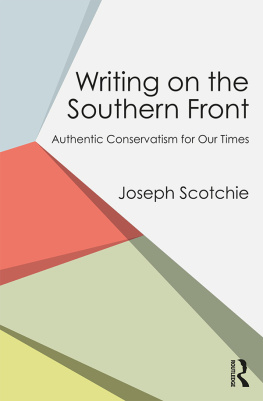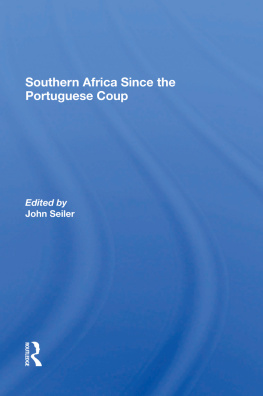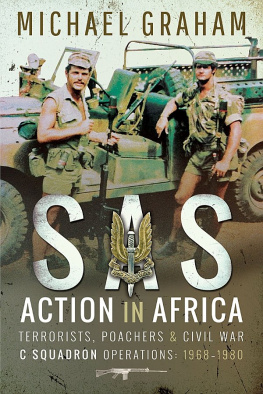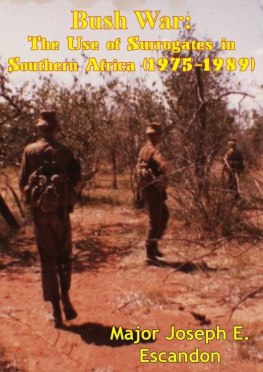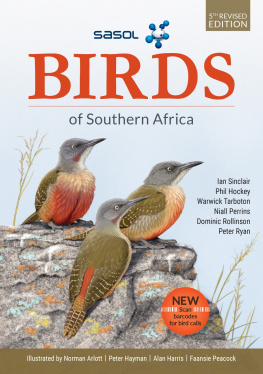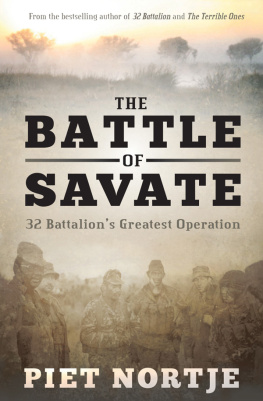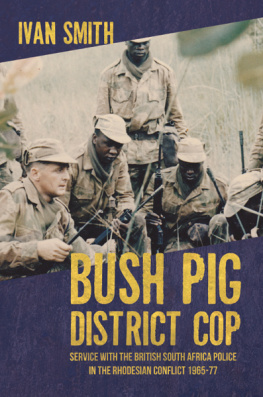
This edition is published by PICKLE PARTNERS PUBLISHINGwww.picklepartnerspublishing.com
To join our mailing list for new titles or for issues with our books picklepublishing@gmail.com
Or on Facebook
Text originally published in 2009 under the same title.
Pickle Partners Publishing 2014, all rights reserved. No part of this publication may be reproduced, stored in a retrieval system or transmitted by any means, electrical, mechanical or otherwise without the written permission of the copyright holder.
Publishers Note
Although in most cases we have retained the Authors original spelling and grammar to authentically reproduce the work of the Author and the original intent of such material, some additional notes and clarifications have been added for the modern readers benefit.
We have also made every effort to include all maps and illustrations of the original edition the limitations of formatting do not allow of including larger maps, we will upload as many of these maps as possible.
BUSH WAR: THE USE OF SURROGATES IN SOUTHERN AFRICA (1975-1989)
By
MAJOR Joseph E. Escandon, U.S. Army
TABLE OF CONTENTS
Contents
TABLE OF CONTENTS
REQUEST FROM THE PUBLISHER
ABSTRACT
The purpose of this monograph is to examine the use of indigenous surrogates by both the Republic of South Africa and Rhodesia in Southern Africas Bush Wars from 1975 to 1989. The Bush Wars are of significance because the use of surrogates in each case represents policy and doctrine that is outside of the United States militarys traditional understanding and employment of surrogates.
The methodology of this paper is to analyze two unique surrogate forces to determine if they significantly contributed to the accomplishment of strategic aims and operational objectives. Such an examination is relevant because current U.S. policy and strategy advocates building the capacity of foreign security forces, as well as the use of irregular surrogate forces, to achieve U.S. foreign policy objectives.
Given the political and military challenges of Iraq and Afghanistan, policymakers believe that the United States can ill afford another long-duration, resource intensive, politically charged counterinsurgency campaign. The use of surrogates offers the promise of low-visibility, economy of force operations. Nonetheless, enthusiasm for the use of surrogates must be tempered by the reality that surrogates are not a substitute for effective operational art and strategy.
PREFACE
The Bush is to Southern Africa what the Outback is to Australia. It is not only a physical setting, but also has a human dimension. Simply put, the bush is no-mans land, geographic space that is dominated by untamed wilderness. Unsuited to human civilization, the bush is the domain of the animal world, a place where only bushmen, both aboriginals and adventurers, dare to tread. The bush is where the brutal wars of Southern Africa, the bush wars, were fought between 1966 and 1989. These wars encompassed the full spectrum of conflict from counterinsurgency to conventional, and involved a wide array of unique units and tactics. The bush wars are significant because they provide valuable lessons for contemporary and future American conflicts. The most important lessons relate to South Africas and Rhodesias use of indigenous surrogate forces1 to overcome the challenges posed by war in the bush. Given the political and military challenges of Iraq and Afghanistan, U.S. policymakers believe that the United States can ill afford another long-duration, resource intensive, politically charged counterinsurgency campaign. The use of surrogates offers the promise of low-visibility, economy of force operations.2 Nonetheless, enthusiasm for the use of surrogates must be tempered by the reality that surrogates are not a substitute for effective operational art and strategy.
INTRODUCTION
As we look to the future, national security experts are virtually unanimous in predicting that the next several decades will be ones of Persistent Conflictprotracted confrontation among state, non-state and individual actors that are increasingly willing to use violence to achieve political and ideological ends.... In the years ahead, we face two major challenges to ensuring our continued success in this era of persistent conflict-restoring balance to a force feeling the cumulative effects of seven years of war and setting conditions for the future to fulfill our strategic role as an integral element of Landpower. 3 General George W. Casey Jr., Army Chief of Staff
Challenges of the Strategic Environment
General Caseys statement illuminates two vital shifts in U.S. strategic thinking. The first is that the conclusion of American military operations in Iraq and Afghanistan will not be followed by a strategic pause. Persistent conflict entails living in a world where Islamic extremism, genocide in Africa, proliferation of weapons of mass destruction, and global lawlessness will threaten peace and prosperity for the foreseeable future. This means that the U.S. military must be capable of sustaining operations of undetermined duration, especially in counterinsurgency environments. Caseys second salient point is that seven years of war have significantly reduced the Armys overall readiness and ability to meet other contingencies, implying that economy of force solutions will be required. Amplifying this assessment is British General Rupert Smiths discussion of the utility of military force. Smith believes that industrial age warfare is dead as the result of a paradigm shift towards war among populations. Traditionally, the U.S. public and policymakers have tended to focus on the moral and legal aspects of war instead of the actual utility of force.4 In other words, the use of force, as exemplified by the U.S. military in Iraq during the initial stages of the insurgency, has vast limitations in wars among populations.5 In discussing war among the people, Smith identifies several major trends, one of which resonates with General Caseys outlookOur conflicts tend to be timeless, since we are seeking a condition, which then must be maintained until an agreement on a definitive outcome, which may take years or decades.6 Another trend stipulates that we must fight so as not to lose the force.7 In other words, the U.S. cannot continue to become mired in conflicts that exhaust its military forces.
New methods must be found to meet the challenges posed by multiple adversaries. In his examination of hybrid warfare, Frank Hoffman provides insights to the methods of Americas current and future adversaries.
Hybrid threats incorporate a full range of different modes of warfare including conventional capabilities, irregular tactics and formations, terrorist acts including indiscriminate violence and coercion, and criminal disorder. Hybrid wars can be conducted by both states and a variety of non-state actors.... Future challenges will present a more complex array of alternative structures and strategies, as seen in the summer of 2006 in the battle between Israel and Hezbollah. 8
The result is that Americas adversaries will continue to adapt, so as to attack U.S. vulnerabilities and wear down the nations will over the long-term.
Hybrid wars will require unique solutions, such as those employed during the opening phases of Operation Enduring Freedom. Toppling the Taliban and Al Qaeda in Afghanistan transcended conventional thinking.9 One example often cited is the use of American Special Forces teams to advise the indigenous irregular forces of the Northern Alliance, and more importantly supply them with U.S. air support.10 The actions in 2001 in Afghanistan reinforced the principles of adaptability, economy of force, and the value of working with and through indigenous forces to achieve common goals.11





